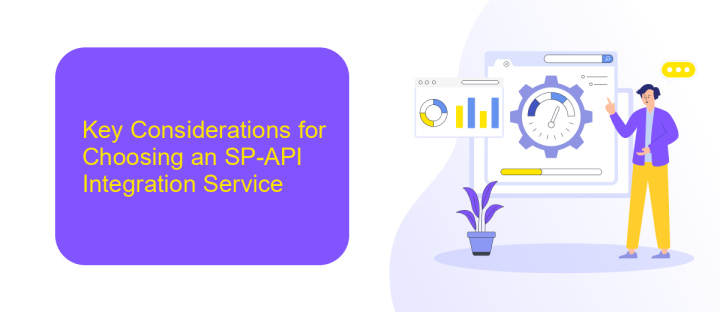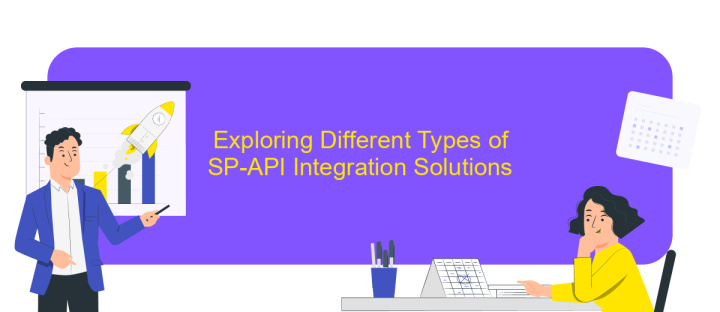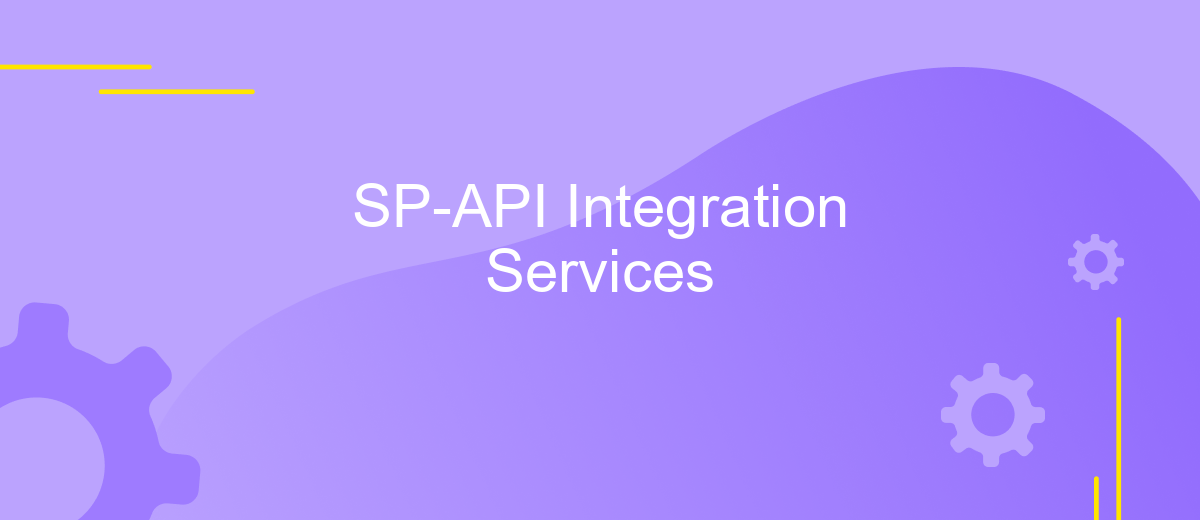SP-API Integration Services
In today's fast-paced digital marketplace, efficient integration with Amazon's Selling Partner API (SP-API) is crucial for businesses striving to enhance their e-commerce capabilities. SP-API Integration Services offer seamless connectivity, enabling sellers to automate operations, manage inventory, and optimize sales strategies. By leveraging these services, businesses can streamline processes, reduce manual efforts, and gain valuable insights, ultimately driving growth and improving customer satisfaction in the competitive online retail environment.
Understanding SP-API Integration and its Benefits
SP-API, or Selling Partner API, is a powerful tool designed to streamline the integration process for sellers on e-commerce platforms. By leveraging SP-API, businesses can automate various aspects of their operations, enhancing efficiency and reducing manual workload. This advanced API offers a seamless way to connect with the platform's data, enabling sellers to manage inventory, orders, and reports more effectively. Understanding how to integrate SP-API into your systems can significantly boost your operational capabilities and drive better business outcomes.
- Automated inventory management and real-time updates.
- Efficient order processing and tracking.
- Comprehensive reporting and analytics capabilities.
- Enhanced data security and compliance features.
- Improved customer service through streamlined operations.
Integrating SP-API brings numerous benefits to sellers, including increased productivity and improved accuracy in data handling. With the ability to automate routine tasks, businesses can focus on strategic growth and customer engagement. Furthermore, the robust security features of SP-API ensure that sensitive information is protected, fostering trust and reliability. By embracing SP-API integration, sellers can stay competitive in the fast-paced world of e-commerce and achieve sustainable growth.
Key Considerations for Choosing an SP-API Integration Service

When selecting an SP-API integration service, it is crucial to evaluate the compatibility of the service with your existing systems. Ensure that the service can seamlessly integrate with your current platforms and supports the necessary data formats and protocols. Additionally, consider the scalability of the service to accommodate future growth and increased data volumes. An adaptable solution will save you time and resources in the long run. ApiX-Drive, for example, offers a flexible and user-friendly platform that can connect various applications without requiring extensive technical expertise.
Another key consideration is the level of support and documentation provided by the integration service. Comprehensive documentation and responsive customer support are invaluable, especially during the initial setup and troubleshooting phases. Evaluate the service's security measures to protect your sensitive data, ensuring compliance with industry standards and regulations. Lastly, consider the cost structure of the service, including any hidden fees, to ensure it aligns with your budget. ApiX-Drive provides transparent pricing and robust support, making it a reliable choice for businesses seeking efficient SP-API integration solutions.
Exploring Different Types of SP-API Integration Solutions

When integrating with Amazon's Selling Partner API (SP-API), businesses can choose from various solutions tailored to their specific needs. These solutions provide flexibility and scalability, enabling companies to optimize their operations and enhance their marketplace presence. Understanding the different types of SP-API integration solutions is crucial for selecting the right approach that aligns with business goals and technical capabilities.
- Custom Integrations: These are bespoke solutions developed in-house or by third-party developers. They offer maximum flexibility, allowing businesses to tailor functionalities to their unique requirements.
- Middleware Platforms: These platforms act as intermediaries, simplifying the integration process by providing pre-built connectors and tools. They are ideal for businesses seeking quick deployment without extensive development resources.
- Third-Party Applications: These are ready-to-use applications that leverage SP-API to offer specific functionalities, such as inventory management or order processing. They are suitable for businesses looking for cost-effective and easy-to-implement solutions.
Choosing the appropriate SP-API integration solution depends on various factors, including budget, technical expertise, and business objectives. By evaluating these options, companies can effectively harness the power of SP-API to drive growth and efficiency in their operations.
Implementing and Managing Your SP-API Integration

Integrating your SP-API effectively requires a thorough understanding of its architecture and functionalities. Begin by familiarizing yourself with the API documentation, which provides essential insights into the available endpoints and data structures. This foundational knowledge will guide you in designing a robust integration strategy tailored to your business needs.
Once you have a clear understanding of the API, the next step is to set up a secure and efficient development environment. Ensure that your environment supports the required programming languages and libraries necessary for SP-API operations. Additionally, implement security measures to protect sensitive data during the integration process.
- Define clear objectives for your SP-API integration.
- Set up a development environment with necessary tools and libraries.
- Implement authentication and authorization protocols.
- Test API calls thoroughly before deploying to production.
- Monitor API usage and performance regularly.
After successful implementation, managing your SP-API integration involves continuous monitoring and optimization. Regularly review API performance metrics to identify areas for improvement. Stay updated with any changes in the API documentation to ensure your integration remains compliant and efficient. By maintaining a proactive approach, you can maximize the benefits of your SP-API integration.
Future-Proofing Your Amazon Business with SP-API Integration
In the rapidly evolving world of e-commerce, staying ahead of the curve is essential for maintaining a competitive edge. Integrating Amazon's SP-API (Selling Partner API) into your business operations is a strategic move to future-proof your enterprise. This powerful tool allows for enhanced automation, streamlined processes, and improved data management, enabling you to respond swiftly to market changes and customer demands. By leveraging SP-API, businesses can optimize inventory management, enhance order fulfillment, and gain valuable insights into sales performance.
For seamless integration, services like ApiX-Drive offer robust solutions to connect various platforms without the need for extensive coding knowledge. ApiX-Drive simplifies the integration process, ensuring that your business can quickly adapt to new technological advancements and market trends. By utilizing such services, you can focus on scaling your business while ensuring that your operations remain efficient and responsive. Embracing SP-API integration not only secures your current business model but also positions you for sustainable growth in the dynamic e-commerce landscape.
FAQ
What is SP-API, and how does it differ from MWS?
How can I start integrating with Amazon's SP-API?
What are the common challenges in SP-API integration?
How can integration services help with SP-API automation?
Is it necessary to have technical expertise to use SP-API integration services?
Strive to take your business to the next level, achieve your goals faster and more efficiently? Apix-Drive is your reliable assistant for these tasks. An online service and application connector will help you automate key business processes and get rid of the routine. You and your employees will free up time for important core tasks. Try Apix-Drive features for free to see the effectiveness of the online connector for yourself.

